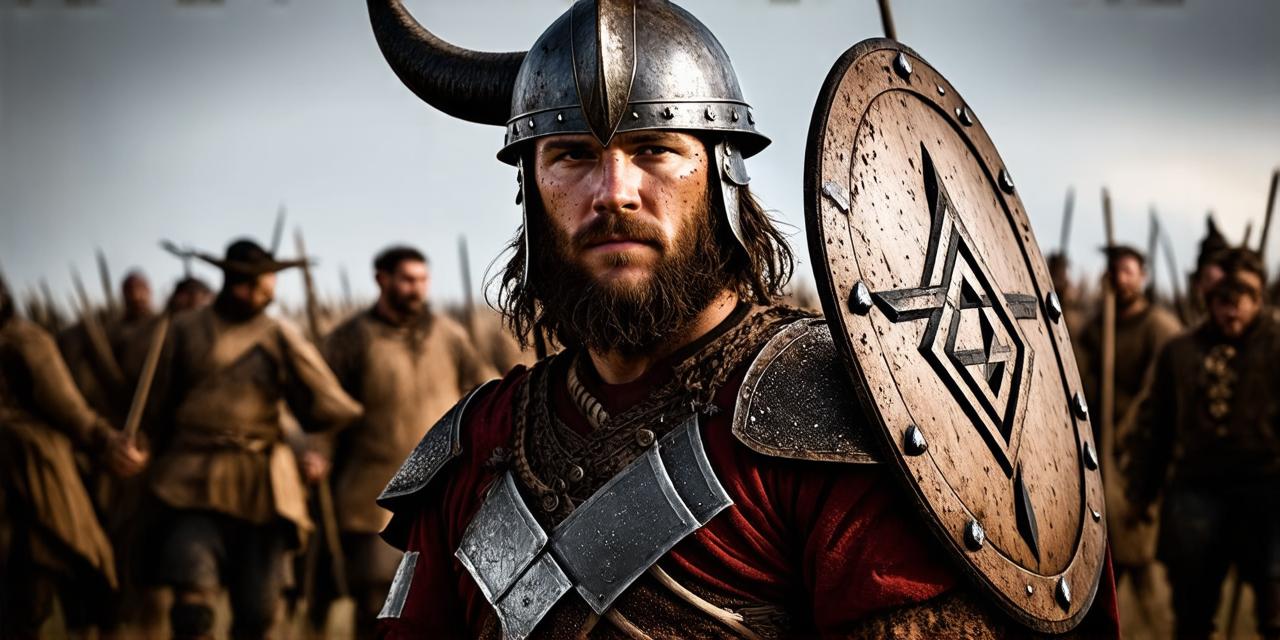As the world becomes more immersed in the digital realm, non-fungible tokens (NFTs) have emerged as a new and exciting way to monetize creative content. For game developers, NFTs offer an opportunity to create unique and valuable items that can be traded on blockchain marketplaces.
Understanding NFTs
Before diving into the technical aspects of creating an NFT, it’s important to understand what they are and how they work. At their core, NFTs are digital assets that are uniquely identified by a cryptographic hash function. This means that each NFT is one-of-a-kind and cannot be replicated or traded for another item of equal value.
NFTs can represent anything from art and collectibles to in-game items and virtual real estate. They are stored on a blockchain, which acts as a public ledger that ensures the authenticity and ownership of each NFT. This makes NFTs highly valuable and sought after by collectors and investors.
Creating Your Assets
The first step in creating an NFT is to design and create the assets that will be tokenized. For game developers, this could include unique items such as weapons, characters, or other in-game assets that can be traded on a blockchain.
When designing your assets, it’s important to consider their rarity and uniqueness. NFTs are highly valued by collectors and investors, so the more rare and unique your asset is, the more valuable it will be. It’s also important to ensure that your assets are properly optimized for use on a blockchain, as this can impact their performance and functionality.
Choosing a Blockchain Platform
Once you have designed your assets, the next step is to choose a blockchain platform on which to mint your NFTs. There are several popular platforms to choose from, including Ethereum, Binance Smart Chain, and Polygon.
Each platform has its own unique features and benefits, so it’s important to choose one that best suits your needs. For example, Ethereum is the most widely used platform for NFTs, but it can be slow and expensive to use. Binance Smart Chain and Polygon are both faster and cheaper alternatives, but they may have fewer users and less liquidity.
Minting Your NFTs
Once you have chosen a blockchain platform, the next step is to mint your NFTs. This involves creating a smart contract that will govern the ownership and transfer of your assets on the blockchain.

Smart contracts are self-executing programs that run on the blockchain and can be used to automate a wide range of tasks, including the creation and transfer of NFTs. When creating a smart contract for your NFTs, it’s important to consider factors such as ownership rights, royalties, and licensing agreements.
Marketing Your NFTs
Finally, once your NFTs have been minted, the next step is to market them to potential buyers. This can involve creating a website or social media presence to showcase your assets, as well as participating in online communities and forums where collectors and investors are active.
Case Study: CryptoKitties
One of the most successful examples of an NFT project is CryptoKitties, a game that allows players to breed and collect unique cats on the Ethereum blockchain.
